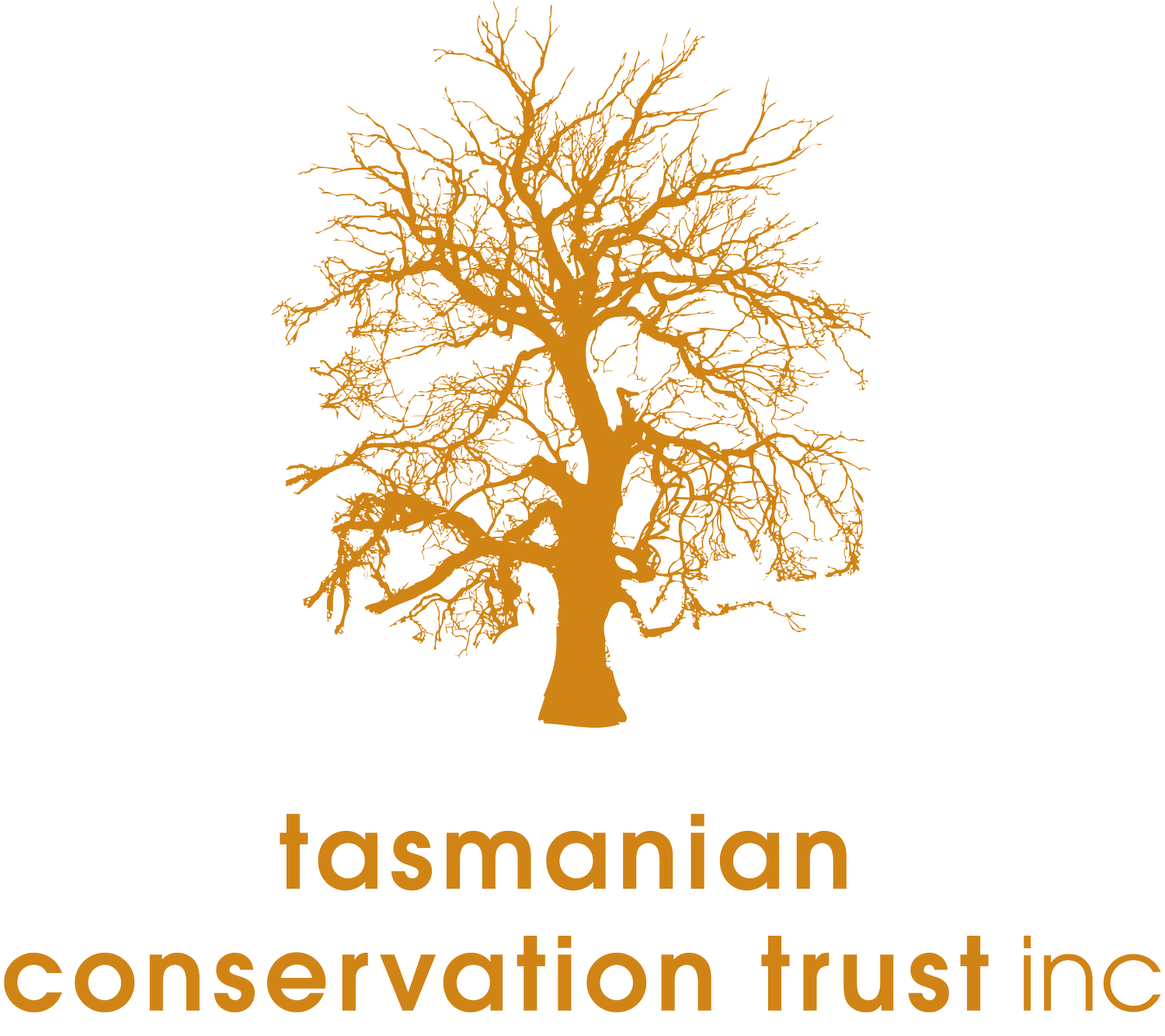The Tasmanian Government introduced the Workplaces (Protection from Protesters) Bill 2014 (the Bill) into the House of Assembly on 24 June 2014. The Bill was passed by the House at 11.15pm on 26 June 2014. The Liberal Government went to the election in March with a promise to introduce ‘tough’ new laws to impose mandatory sentences and large fines for protesters who prevent, hinder or obstruct forestry or mining activities.
Tasmanian Waste Review
In October 2013, consultants ‘Blue Environment’ Pty Ltd was commissioned by the state government’s Waste Advisory Committee (WAC) to investigate current management practices and explore opportunities and barriers for more effective management of five priority waste streams: municipal, industrial, clinical and quarantine, pit waste and sludges and organics. These five areas were identified by the WAC as needing special attention. The following headline statistics tells us this was justified.
Forestry Bill 2014
The Forestry (Rebuilding the Forest Industry) Bill 2014 was passed in the Lower House of the Tasmanian Parliament on 5 June 2014 (World Environment Day). Due to a number of questions that Legislative Councillors asked of the state government and could not be answered, the government agreed that debate on the Bill should be delayed until the spring sitting of the Council.
Bruny Bird Festival
Planning for the third Bruny bird festival is well underway with an even larger program of activities for you to enjoy. Dates are 23-26 October, 2014. We are also busy building a brand new website just for the bird festival, however we know you are keen to start planning your festival activities so the program and information can be found in the Bird Festival section of this site. We will let every one know when the new site is up and flying.
Batteries
The report ‘Analysis of battery consumption, recycling and disposal in Australia’, by Australian Battery Recycling Initiative and Warnken Industrial and Social Ecology Pry Ltd is a seminal publication on batteries in Australia. Before this report was produced very little was known about the amount and type of battery used in Australia and how they are disposed.
1080 under the new state government
The state government announced, on 9 May 2014, that use of 1080 poison for control of native browsing animals would not be banned, as had been mooted by the previous Labor–Green government. Primary Industries and Water Minister Jeremy Rockliff told the ABC that ‘the government will not phase out 1080 without a suitable alternative’. He accepted that fencing and shooting worked for most farmers but that 1080 would not be banned while there are any farmers who, regardless of their circumstances, cannot operate without 1080.
Director’s report March 2014
From a policy perspective the state election was most notable because the victorious Liberal Party failed to release a single environment policy, i.e. a pro-environment policy. The closest it got was the announcement of funding for the Three Capes Track, and South Coast Track but both were made alongside tourism industry representatives and were framed as investments in tourist development.
World Heritage Area under Threat
It seems that the entire Tasmanian conservation movement is united in its opposition to the Abbott Coalition government’s proposal to the World Heritage Committee to revoke 74,000 hectares from the 170,000 ha which was added to the Tasmanian Wilderness World Heritage Area (TWWHA) in June 2013. As well as writing to the Federal Minister for the Environment, Greg Hunt, the TCT made a submission to the Senate Standing Committee on Environment and Communications which is investigating this proposal
Pulp Mill rushed through
On 29 January 2014 the Tasmanian Parliament passed the Pulp Mill Assessment Amendment Bill 2014 for the purpose of removing all doubts regarding the legal validity of the permit for the Tamar Valley Pulp Mill and, specifically, to prevent the TCT’s Supreme Court case continuing and potentially finding the permits had lapsed.
Mt Wellington Public Forum 2014
Minutes from the Meeting are published below in long form.
Jason Turvey, Spokesperson, Respect the Mountain - No Cable Car.
Unanimous support from panel and the room for development at The Springs such as the current proposal with approval.
Unopposed support for introduction of indigenous tourism on kunanyi/Mt Wellington.
Tassie’s troubled waters
The recent finding of a giant jellyfish on a beach south of Hobart (Howden, February 2014) highlights the exciting fact that there are still things in nature, and the ocean in particular, that we know little about. The jellyfish was measured 1.5m in diameter and it has been confirmed as the most rarely seen of the three species of lion’s mane jellyfish found in Tasmania. The lion's mane can grow to be one of the largest of all jellyfish. Although not deadly, the species will deliver a nasty sting and a cold pack should be used to reduce the pain.
Indian Myna
Indian mynas are a serious pest in Tasmania does not currently Australia and are considered one of. of the world's 100 worst in invasive species. Indian mynas are highly invasive birds that can rapidly colonise new areas. First (incursions to prevent 1860s, mynas are now found along the east coast of Australia from Victoria to Queensland.


